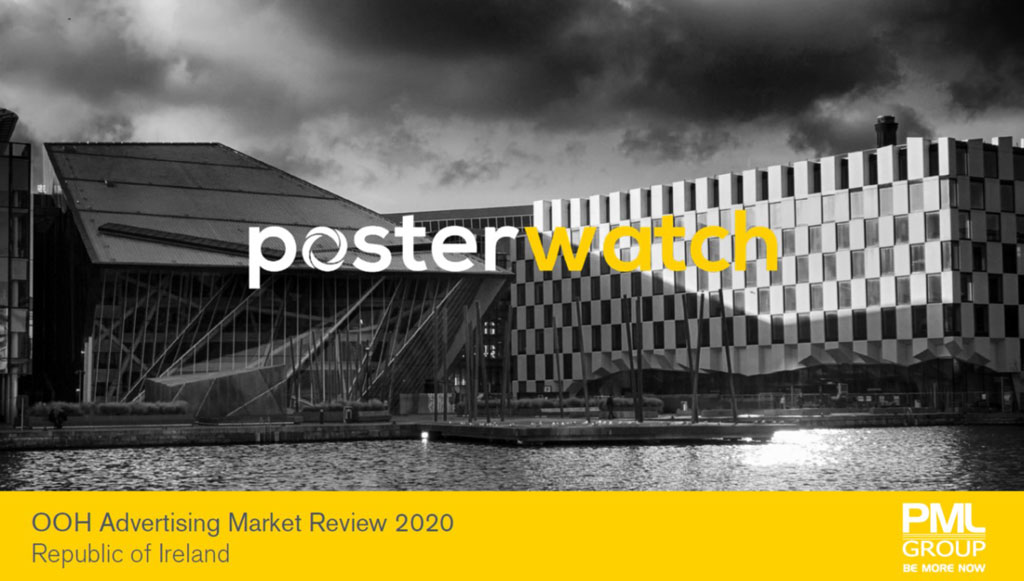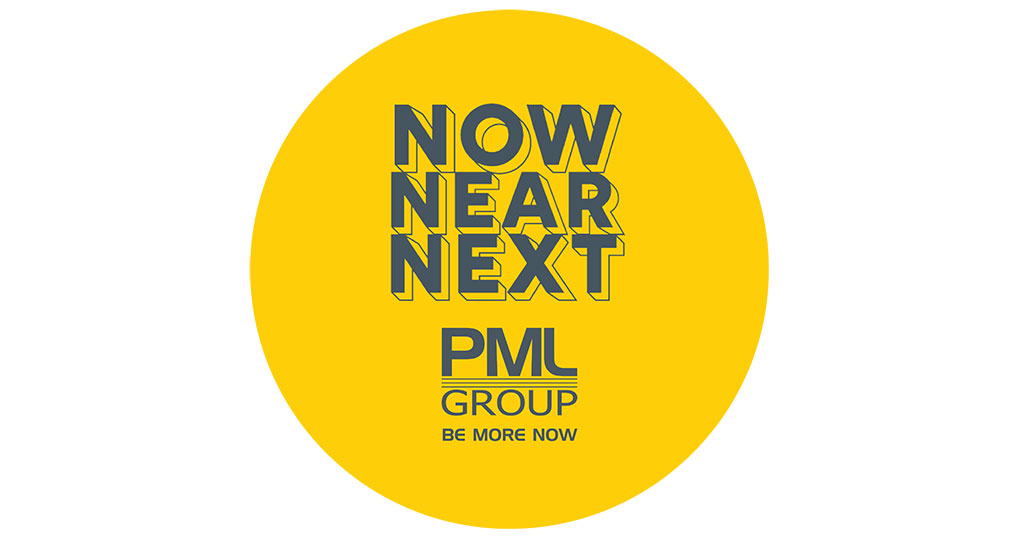
Colum Harmon, marketing director, PML Group, with this week’s view from OOH, including the agency’s take on the year ahead for the medium.
Out / Look 2021
When we published our vision of the year ahead in early 2020, we – and the rest of the planet – had no concept of what was coming and the impact it would have on us all; the terrible human tragedy felt by millions across the globe.
We were reminded that human movement is the touch-paper of global pandemics; where we go, our viruses go too. And with that ferocious reminder, everything paused. Business paused. Movement paused. People paused.
But during that pause, we started to think. Really think. We had to react to the present, but we also had to prepare for the next – whatever guise that might take.
And so, we have effectively been forming our view for 2021 since March 2020.
It is based on bending to match changing consumer behaviours and movements, on innovating solutions that address new client needs, on using creativity to navigate uncertainty, and on applying frontier thinking to a new world.
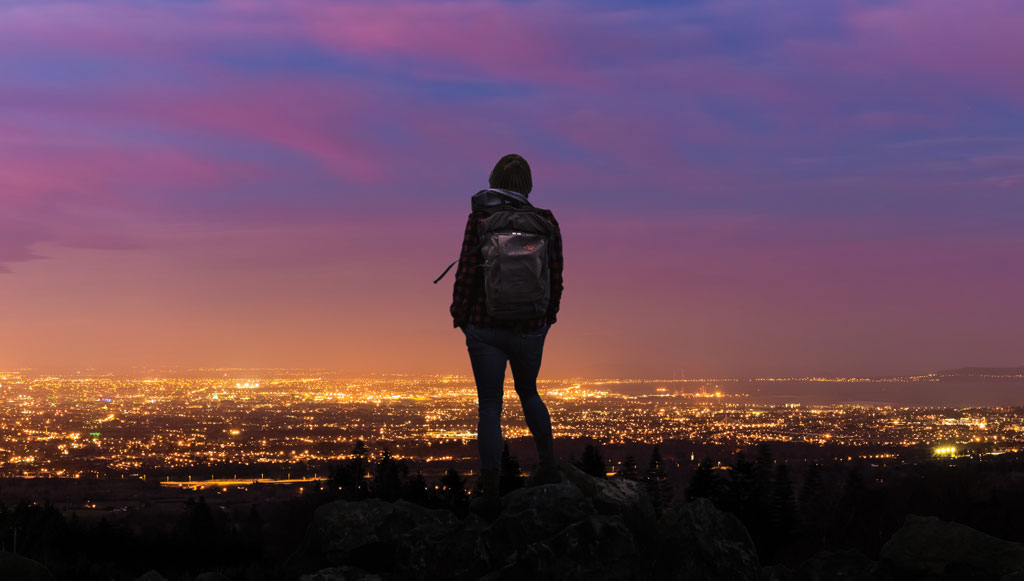
2021 will see the return of the OOH audience in a major way. OOH and its practitioners must apply the pent-up creativity of 2020 to a channel now so enhanced by data driven, dynamic solutions. What follows are the actionable futures and predictions we’ve been building since March 2020. We all have so much to make up for in 2021, both personally and professionally. Let’s get to it.
The Local Know-How
72% – I pay more attention to what is happening in my own local area these days (Going Local, PML Group/Ipsos MRBI 2020)
The physical shape of society has shifted. For many, where we live is, for now, where we work, shop, exercise, and play. And for most, our entire worlds have become smaller and decidedly local. This of course brings with it a shift in movement patterns and behaviour – we constantly monitor mobility data such as Locomizer to understand these regional fluctuations and ensure we follow audiences on these new journeys.
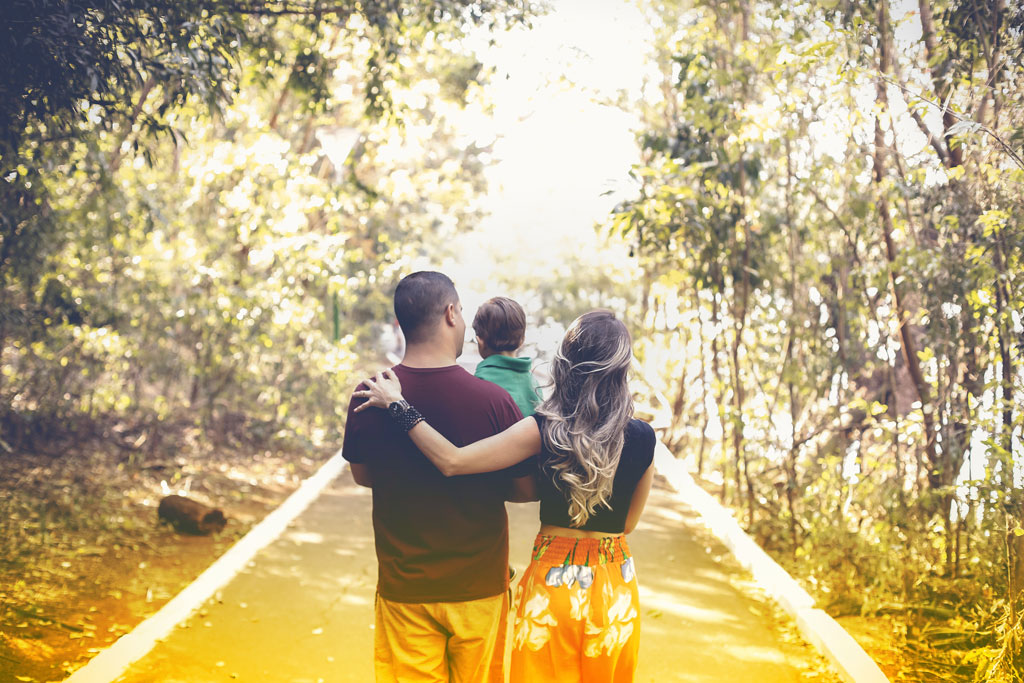
Whilst we can’t predict the ongoing trajectory of the pandemic, we can predict with absolute certainty that the need for brands to ensure localised tonality and activity is vital. Those brands that don’t ‘go dark’ but instead go ‘hyper-relevant’ will reap the benefits of adaption in favour of reduction.
OOH Outcomes: A robust data and insight-lead approach to planning will continue bringing confidence and certainty to regionally nuanced planning and creativity.
The Currency of Speed
67% – More likely to notice a data driven OOH ad (The Dynamic Difference, PML Group/Ipsos MRBI 2020)
More than ever we need to provide advertisers with a new level of agility and flexibility for the Digital OOH medium. And it is speed that we believe will accelerate our medium’s recovery and catapult it into an exciting future. Speed fuels agility and flexibility and it is giving Out of Home a voice in conversations that would have bypassed it in another era. We are able to change a DOOH display like a light switch to ensure campaigns are relevant when it’s the most important time for them.
The agility of our proprietary platform, Liveposter, allows us to set up campaigns in advance, set the data trigger(s) in place and react to live events to ensure clients are presenting the most appropriate and effective campaign.
This approach allows current and new clients to experience how DOOH can be a valuable medium to build fast awareness, to drive consumer response, and to be agile and reactive in market.
OOH Outcomes: a continued acceleration of data-driven and efficient automated buying models, developing at pace in line with market, societal, and behavioural fluctuations.
The Bridge Between Worlds
59% – Searched online for more information after seeing an OOH ad (PML Group iQ/Ipsos MRBI 2020)
OOH is not just posters and screens; it is a TV, a gaming console, a content portal, a path to purchase, and much more in-between – and it is the marriage between mobile and OOH that forms the critical heartbeat of that versatility. The computers we carry around with us enable in-the-moment responses… if the value exchange proposition and prompt is compelling enough.
By tethering our handsets to our OOH activity, we will see a continued acceleration of technologies that enable our advertising to be shoppable and Covid-safe. Just as shoppable AR has become a reality for Snapchat, Adidas, Gucci, and Coty we expect further enhancements in computer vision, image recognition, contactless payments, image search, social shopping, and QR code familiarity to continue the explosion of response sub-channels within advertising.
OOH Outcomes: Shop-what-you-see! OOH brand performance will continue to grow using a suite of technologies that drive online behaviours from offline stimulus (e-commerce/interaction/search).
The Enhanced Reality
“Augmented Reality has matured so rapidly that it is no longer considered an ‘emerging technology’ anymore.” – Gartner’s Hype Cycle for Emerging Technologies 2020
Augmented Reality. It’s not new. But that’s kind of the point. We’ve been layering mobile digital realities over physical spaces/objects for some time (even longer in sci-fi but that’s a different story); we all know the Pokémon Go phenomenon and that Snapchat is vital to many (249 million daily users globally). Indeed, it has become ubiquitous and no longer an emerging technology.
And Apple have just made it even more so. With the launch of the iPhone 12 Pro, they have heralded in a new era of AR (the phone is loaded up with lidar sensors, meaning AR experiences can have much-improved quality). Couple that with the rollout of 5G (which allows for huge volumes of data to transfer which in turn means no lag, massively improved animation quality, and superior geo-location applications), and we have a technology that is not simply a fad or gimmick; its consumer familiarity means this is now a rational business-critical expectation that offers safe and touchless interaction, is shoppable, can educate and entertain and brings consumers into a brand universe in a seamless and natural way (especially via the QR code renaissance).
OOH Outcomes: All OOH has the potential to be a networked portal system, whereby AR experiences are triggered at the physical format site.
The Green Revolution
67% – COVID-19 has made me more concerned about the environment (Green Means GO-OH, PML Group/Ipsos MRBI 2020)
We find ourselves at a pivotal moment, in that we’ve all seen the positive environmental impact of pausing. And with that, consumer mindsets and values have changed. According to research we conducted with Ipsos MRBI in 2020, 84% of Dubliners expect advertising to clearly explain the environmental benefits of products.
And of course, great leaps in technology, societal transformation, and innovation are often borne out of crisis; so finding new ways to heal our cities and communities is needed now more than ever.
As a media channel with a tangible physical presence in public spaces, the OOH industry has a significant role to play in this and we should expect the development of more green initiatives from the industry in 2021. – including infrastructure and production processes. Modern and increasingly eco-friendly classic and digital formats are a logical canvas for brands.
OOH Outcomes: The construction and integration of industry-defining innovations and processes to become commonplace, not a nice-to-have.
The New Canvas
“Ads that entertain and make me smile” – the most important creative factor for 2021 (The Creative Impact Study – PML Group, Ipsos MRBI 2020)
We have an almost infinite palette with which to paint our cities and local communities. We are in the business of attention; and so, we must adopt new ways of achieving this whilst also embracing more traditional methods.
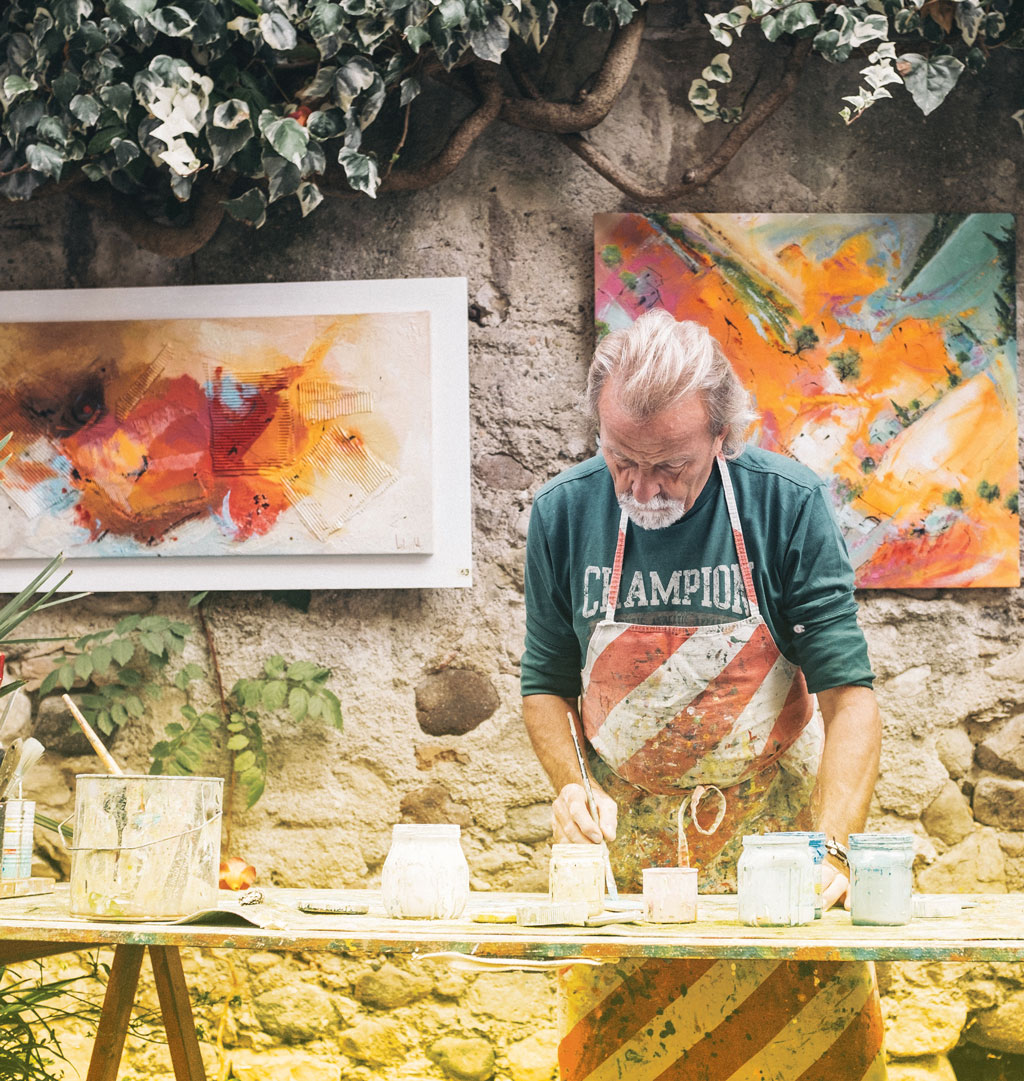
One thing the pandemic has not put a stop to is the evolution of the OOH medium. 2020 saw continued digital development with state-of-the-art screens in new and existing high-profile locations.
Creative techniques, unusual formats, and surprising avenues to attention will be explored and deployed to bring brands to local streets in exciting and fun ways; look up, look down, look all around!
OOH Outcomes: Reappraising creativity and local/ambient formats as a means of enhancing traditional reach and frequency formats against a localised audience.
Mobility
Dublin traffic levels ‘60% higher than first lockdown’
Traffic volumes in Dublin are now almost 60% higher than they were during the first lockdown last March, according to figures from Dublin City Council and the AA. The number of cars is now around 58% of pre-Covid levels compared to 36% during the first lockdown last March according to the city council’s canal cordon count.
The AA has said it is likely that people who used to take public transport are now driving or giving lifts to essential workers which would work out at four extra journeys – commuting in and out. It also points out that there is now a 5km limit on movement compared to a 2km limit last year making the restrictions closer to May 2020 in Phase 1 of the reopening.
The numbers of essential retailers have increased slightly since the last lockdown. Many retailers have now gone online, so there are people working behind the scenes. Other differences include:
- Some construction sites open during this lockdown.
- Many businesses were more prepared and have stayed open with deliveries.
- Over 70s are not being asked to cocoon this time and may go out for shopping and exercise.

Some routes have nearly doubled traffic since last March, with levels increasing by up to 90% on the M50.
And, finally…
PML Group’s Posterwatch review of 2020, covering the top advertisers and categories on OOH in the past twelve months was published recently. To access the report, simply click on the image below.


















